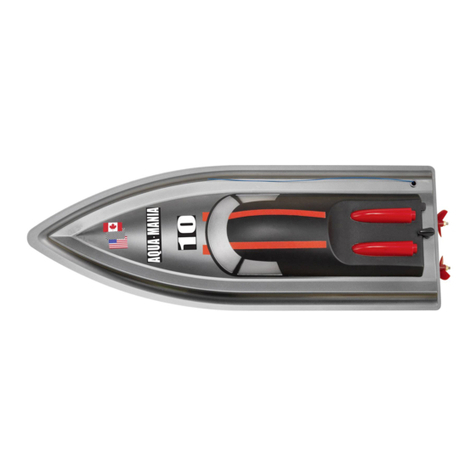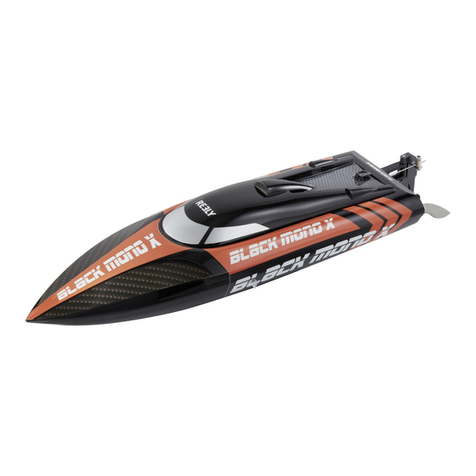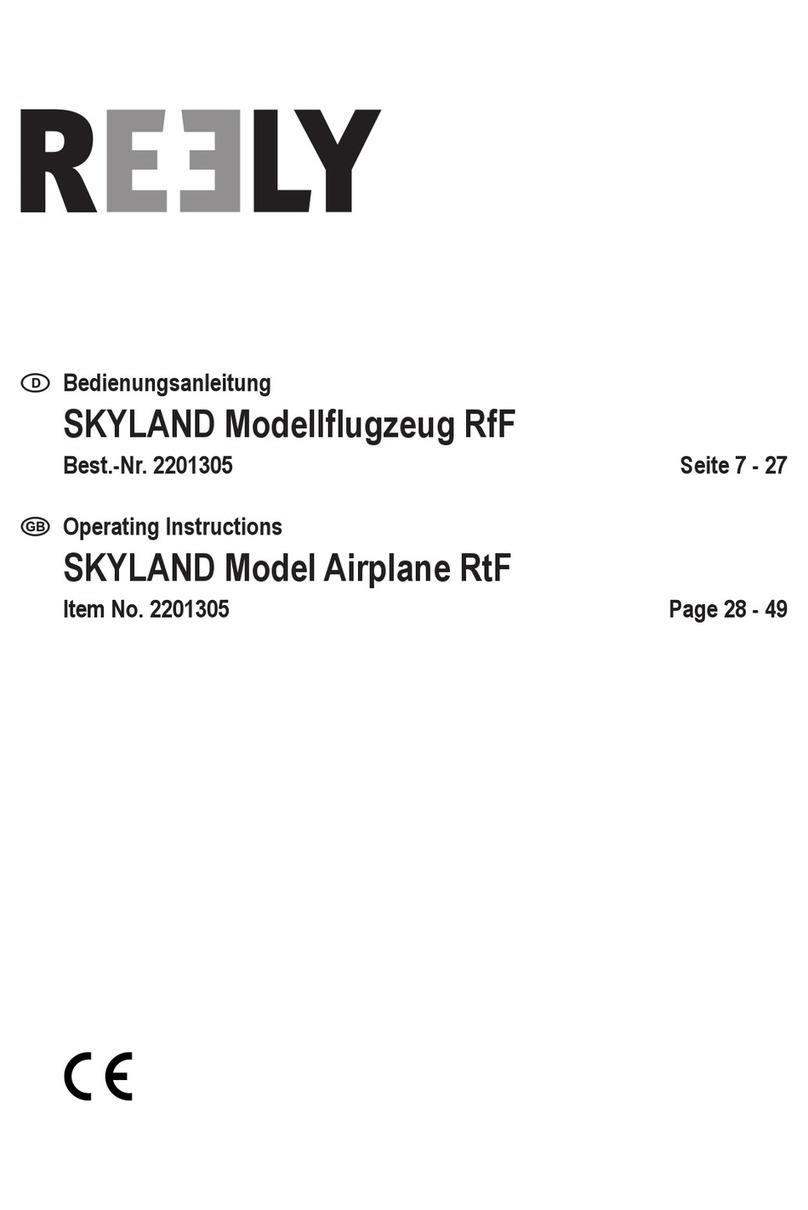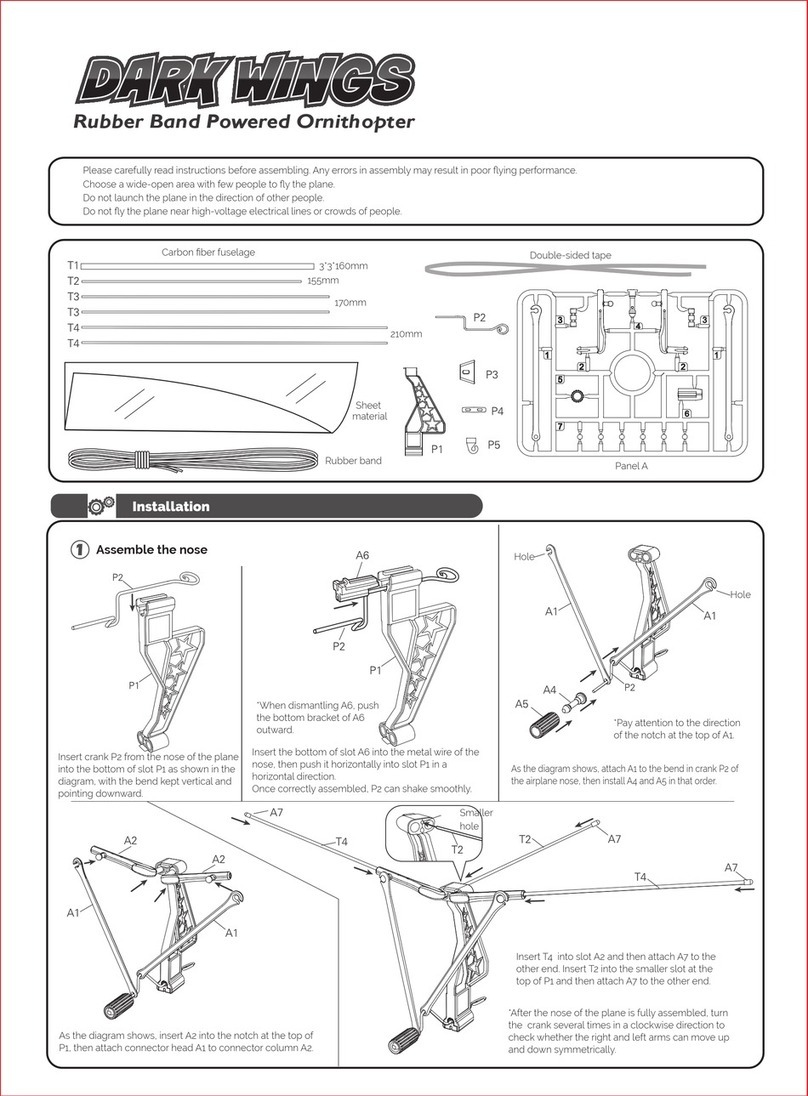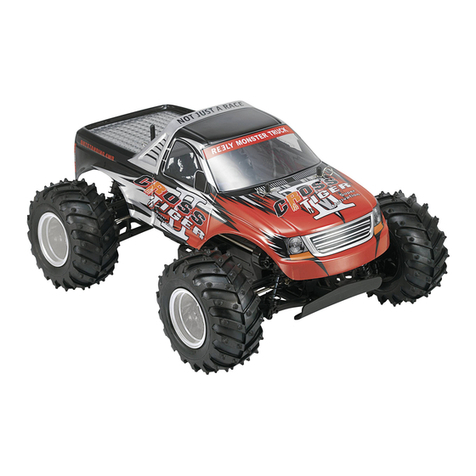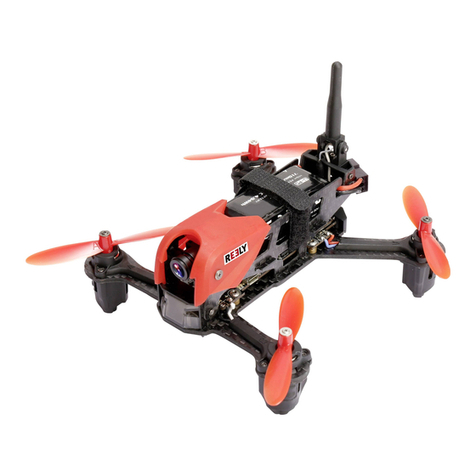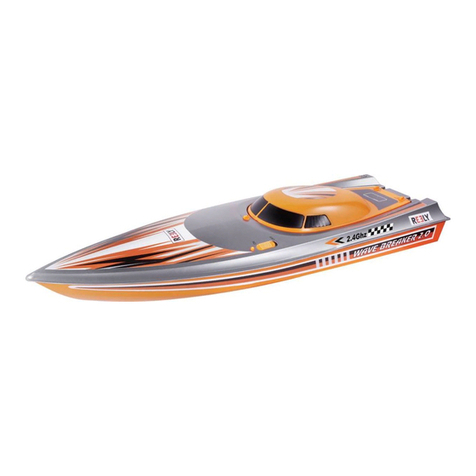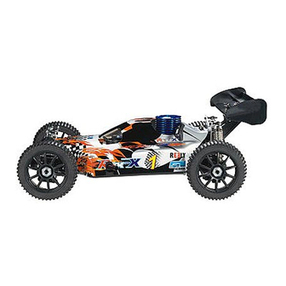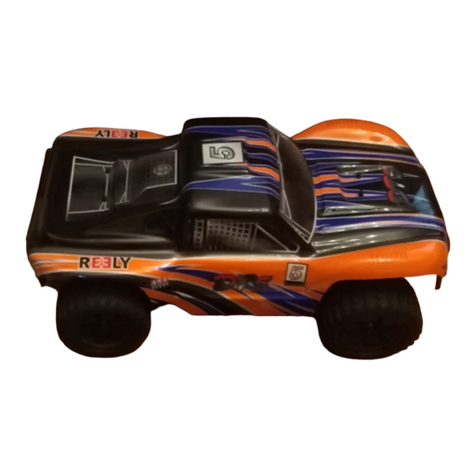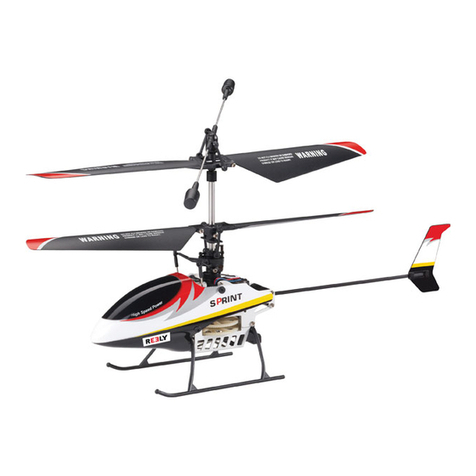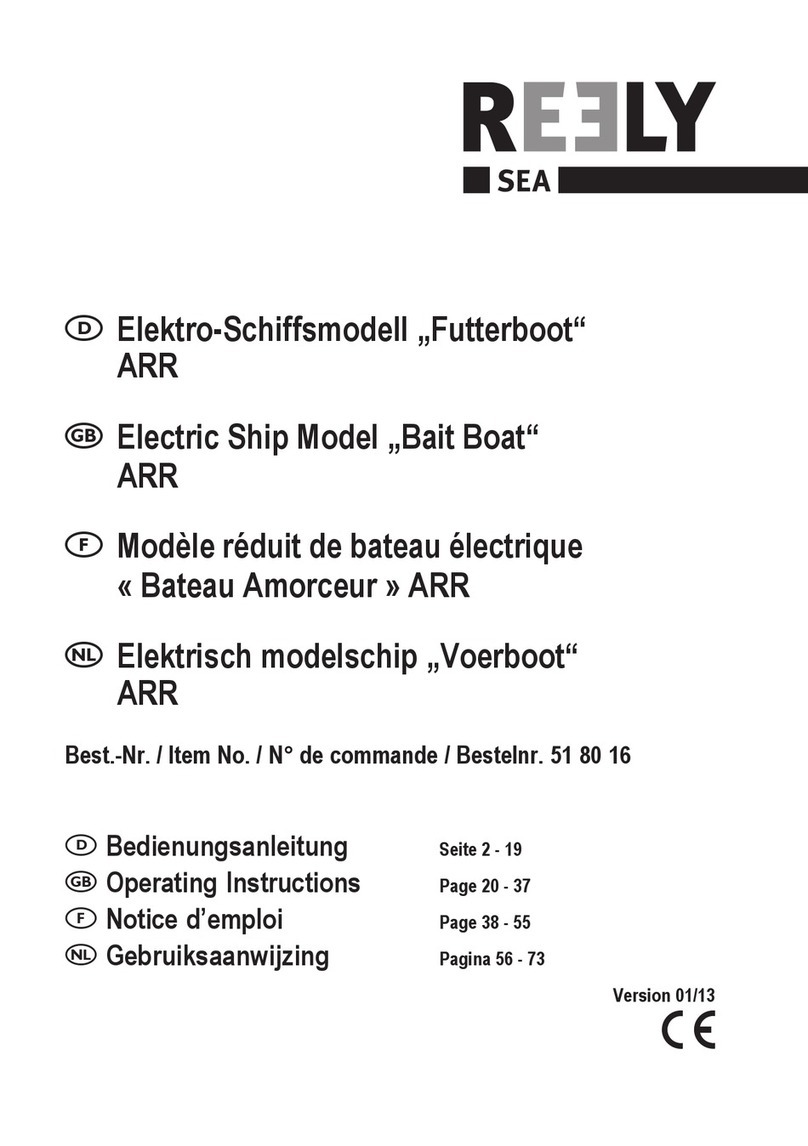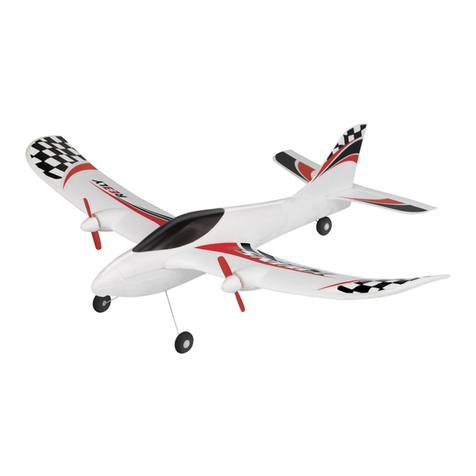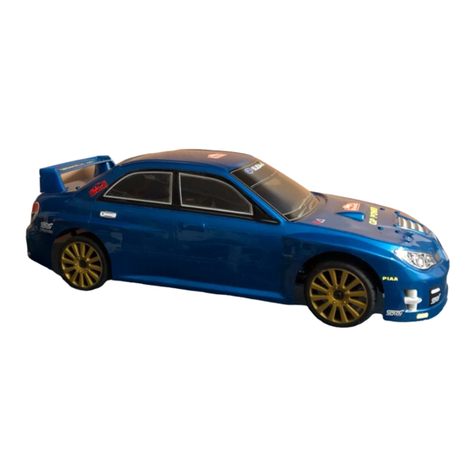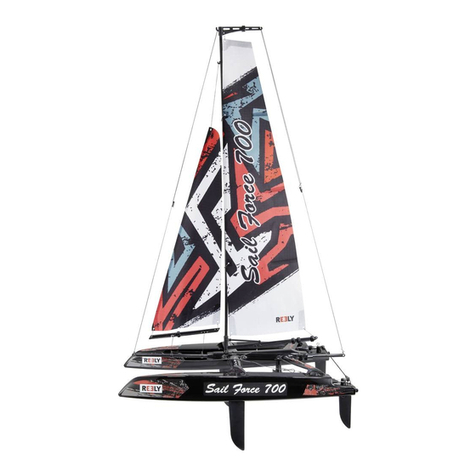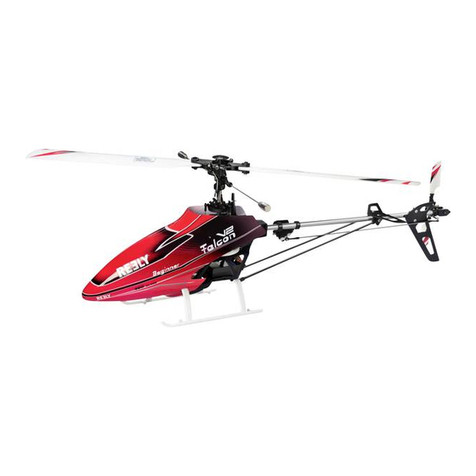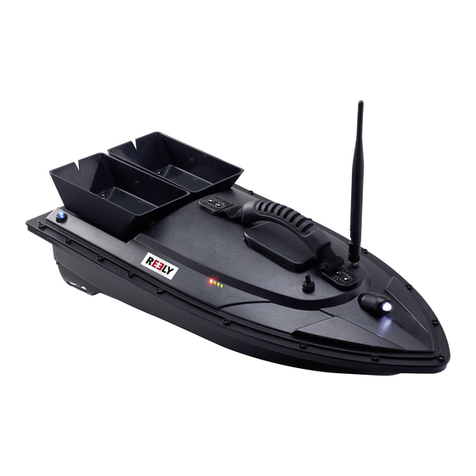
9. Battery information and safety
a) General information
• Donot leave anybatteries/rechargeable batteries lyingaround.Thereisa risk
of batteries being swallowed by children or pets. If swallowed, consult a doctor
immediately!
• Batteries/rechargeable batteries must never be short-circuited, disassembled or
thrownintore.Thereisadangerofexplosion!
• Batteries/rechargeable batteries must not get damp or wet.
• Always observe the correct polarity (plus/+ and minus/-) when installing/inserting
batteries.
• Leakingordamagedbatteries/rechargeablebatteriescancausechemicalburns
toskin.Wearsuitableprotectivegloveswhenhandlingthem.
• Liquids leaking from batteries/rechargeable batteries are chemically highly
aggressive.Objectsorsurfacesthatcomeintocontactwiththemmaytakesevere
damage.Therefore,keepbatteries/rechargeablebatteriesinasuitablelocation.
b) LiPo (Rechargeable) batteries
• Never damage the rechargeable battery. Damaging the casing of the rechargeable
battery might cause an explosion or a re! Unlike conventional batteries/
rechargeable batteries (e.g. AA or AAA type), the casing of the LiPo rechargeable
batterydoesnotconsistofathinsheetbutratherasensitiveplasticlmonly.
• Never short-circuit the contacts of the rechargeable battery. Do not throw the
batteryortheproductintore.Thereisadangerofreandexplosion!
• Charge the rechargeable battery regularly, even if you do are not using the
product. Due to the rechargeable battery technology being used, you do not need
todischargetherechargeablebatteryrst.
• Never charge the rechargeable battery of the product unattended.
• When charging, place the product on a surface that is not heat-sensitive. It is
normal that a certain amount of heat is generated during charging.
8
